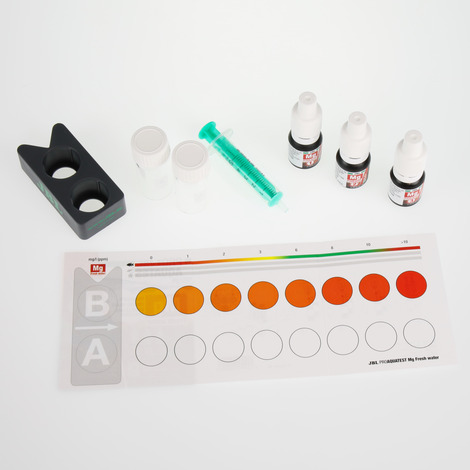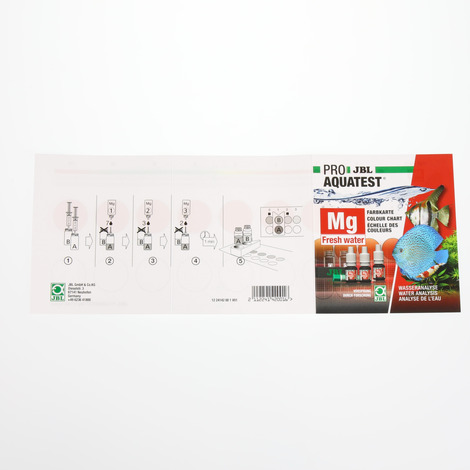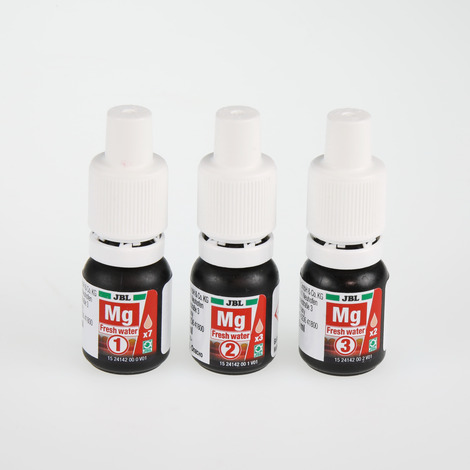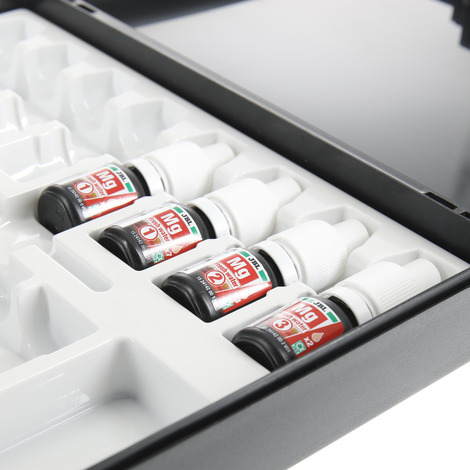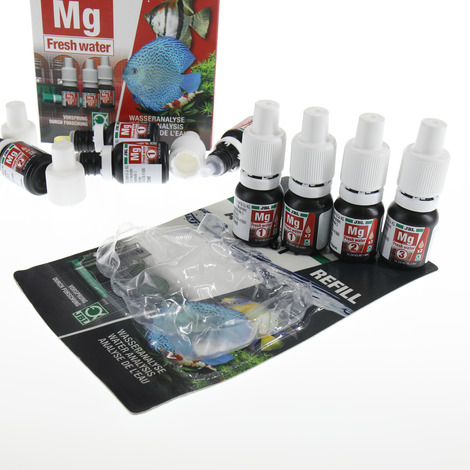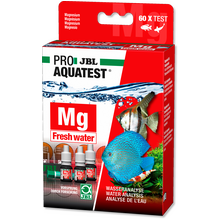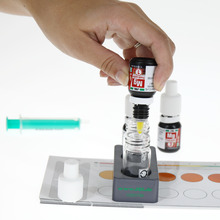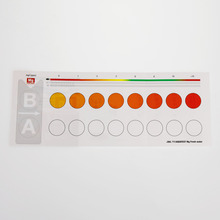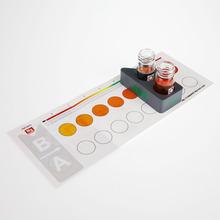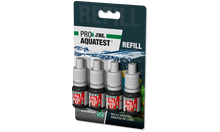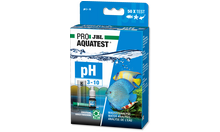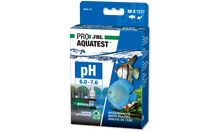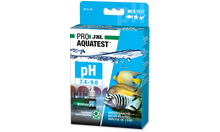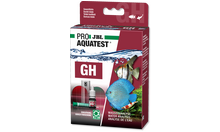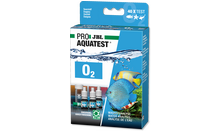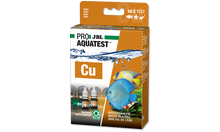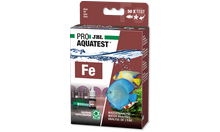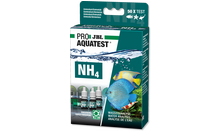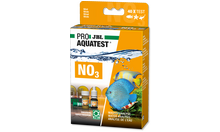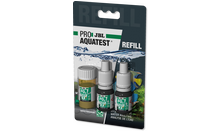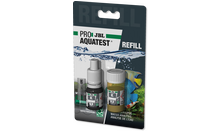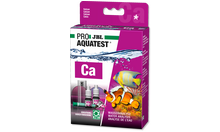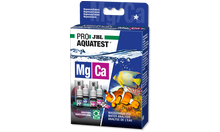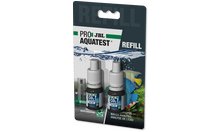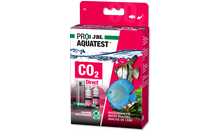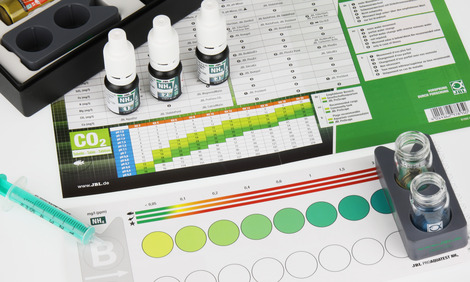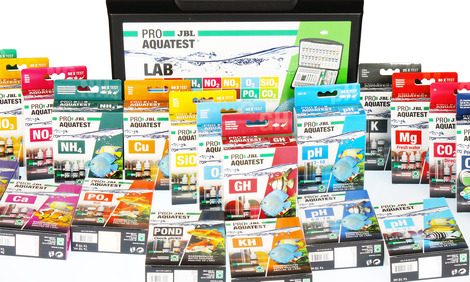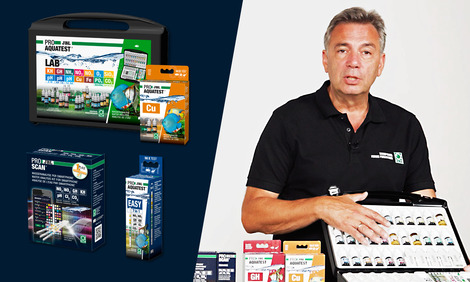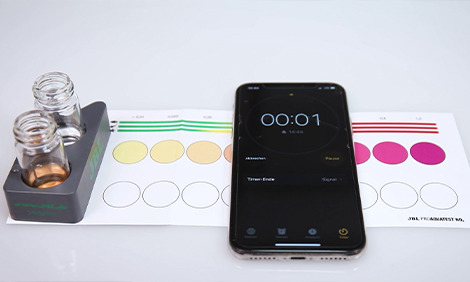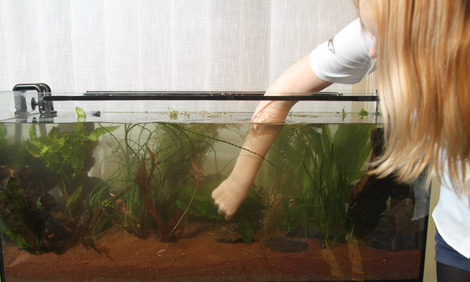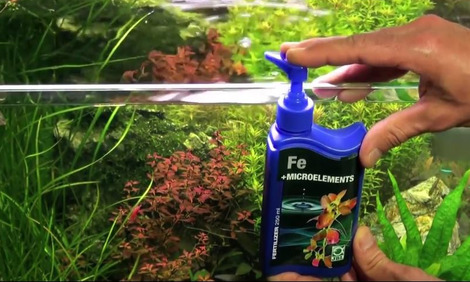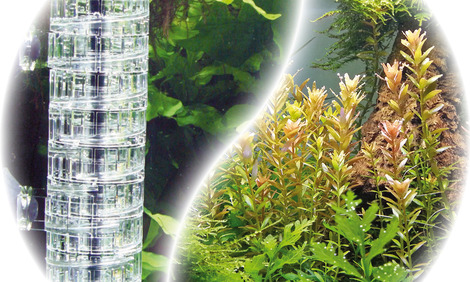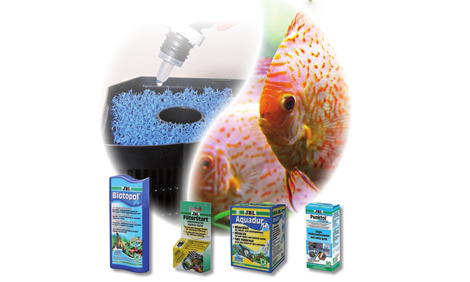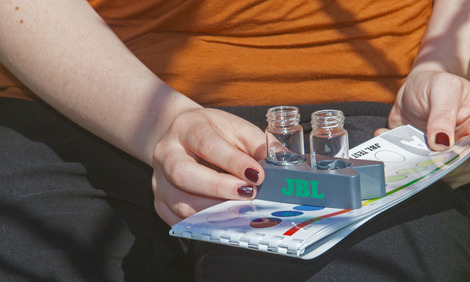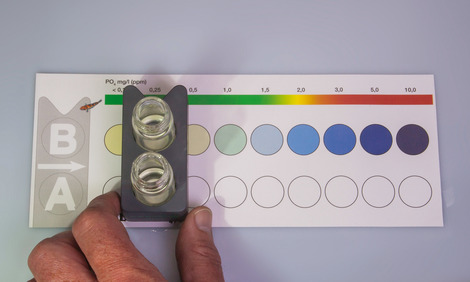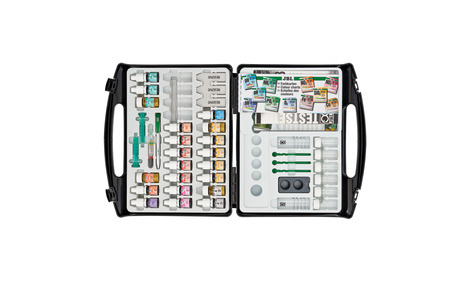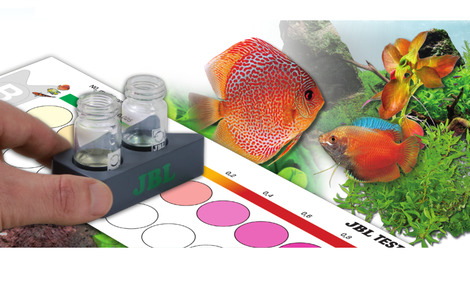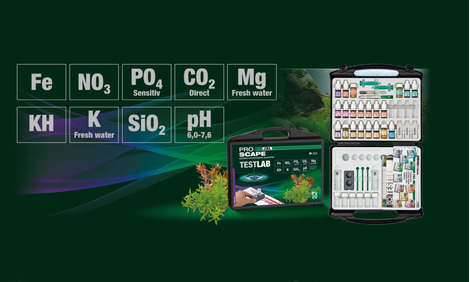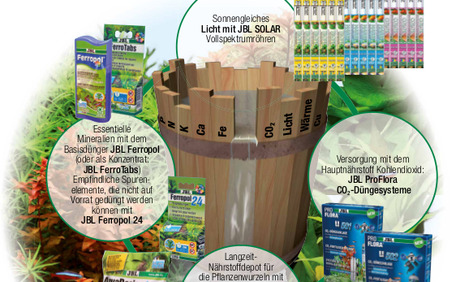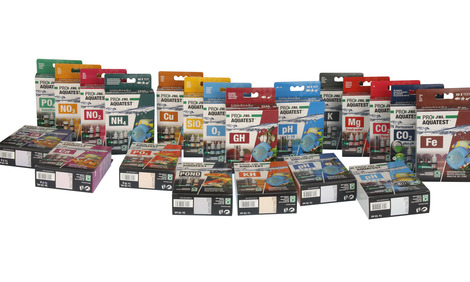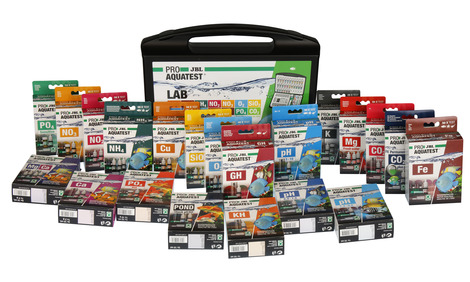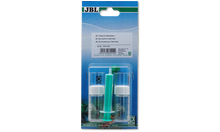Healthy aquariums with conditions close to nature
The right water values are dependent on the fish stock and the plants in the aquarium. Even if the water looks clear it can be contaminated. With bad values diseases or algae can appear in the aquarium. To maintain a healthy aquarium with conditions close to nature it is important to check and adapt the water values regularly.
For each water analysis JBL provides water tests in the form of rapid tests or colour change tests. These determine a certain value or several values in one go. With these water tests you can recognise algae problems and negative nitrate, nitrite, potassium, magnesium values etc.
Why test?
Along with calcium, magnesium creates the general hardness. Magnesium is, like potassium, a macro-element, which is necessary for healthy and vigorous growth in plants. Tap water very often contains too low quantities of magnesium for aquatic plants, quickly causing deficiency symptoms. Even if you fertilise the aquarium water regularly, there may still be too low quantities of magnesium available and the plant growth will then stagnate.
Recommended magnesium values:
Freshwater aquarium (community aquarium): 5-10 mg/l
Lake Malawi/Lake Tanganyika aquarium: 5-10 mg/l
Plant aquarium with few fish (aquascaping): 5-10 mg/l
Marine water aquarium: this test is not suitable since the magnesium content in marine water lies at 1200-1600 mg/l. Therefore for marine water use the dedicated JBL Magnesium/Calcium Test.
You can analyse the water values you have measured in the JBL Online Laboratory free of charge and receive recommendations.
JBL PROAQUATEST Mg Magnesium Fresh water
Quick test to determine the magnesium content in freshwater aquariums
- For perfect aquarium plant growth: determines the ideal magnesium value to monitor the fertilisation of freshwater aquariums
- Laboratory comparator system to compensate the inherent water colour: fill glass vials with sample water, add reagents to one vial, place vials in holder, read values off colour chart
- Magnesium deficiency in aquatic plants leads to stagnant growth and light leaf colour. Remedy: Increase magnesium-containing fertiliser: JBL Ferropol, JBL ProScape Mg Macroelements
- You will find detailed information and troubleshooting tips about water analysis on the JBL website in Essentials/Aquarium or Pond
- Package contents: 1 Mg test kit for approx. 60 measurements, incl. 3 reagents, 2 glass vials with screw caps, syringe, comparator block and colour scale. Reagent refill separately available

